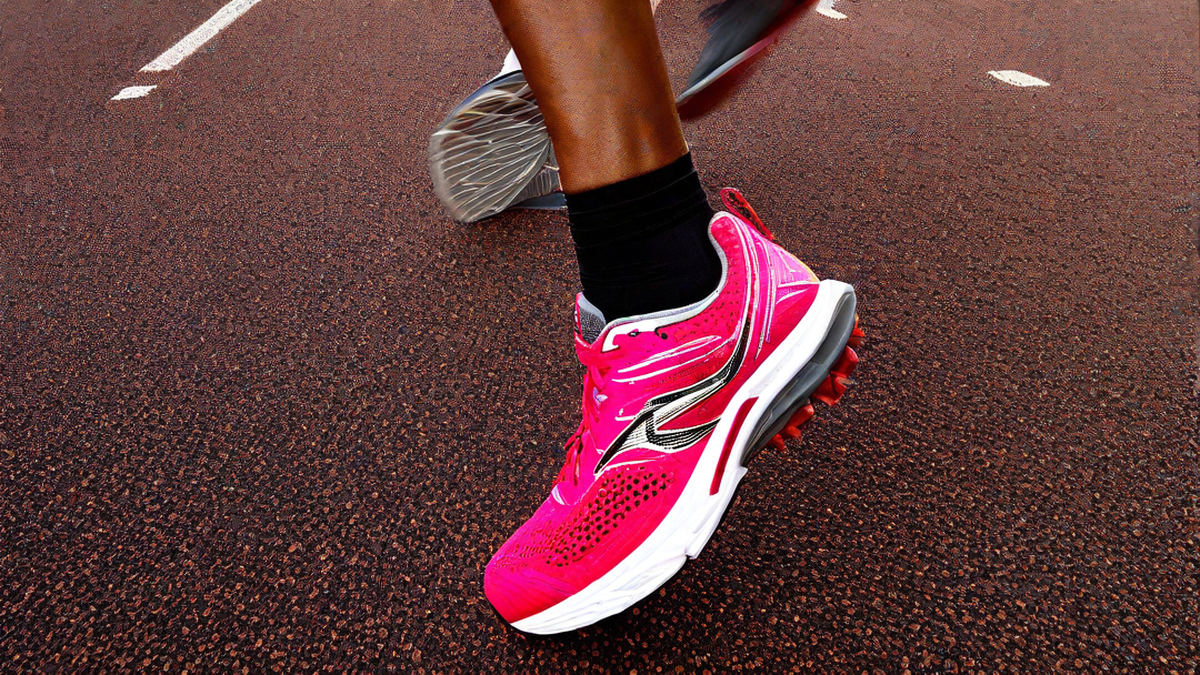When it comes to running shoes, finding the perfect fit is essential for a comfortable and injury-free experience. One common question that arises is how much bigger should running shoes be compared to your regular shoe size? As an avid runner myself, I have spent countless hours researching and trying different shoe sizes to find the answer. In this article, I will share my personal insights and delve into the details of finding the optimal size for your running shoes.
Finding the Right Fit
Before we dive into the specifics, let’s talk about why the right shoe size is important. Running puts a significant amount of stress on your feet, and ill-fitting shoes can lead to discomfort, blisters, and even injuries like shin splints or plantar fasciitis. Therefore, it is crucial to find the right balance between a snug fit and some extra room for your toes to move.
So, how much bigger should running shoes be? The general rule of thumb is to go up half a size from your regular shoe size. However, this can vary depending on your foot shape, running style, and personal preference.
Consider Your Foot Shape
One important factor to consider is the shape of your feet. Some people have narrow feet, while others have wider feet or high arches. If you have wider feet or a higher arch, you may need to go up a full size to accommodate the width or height of your feet. On the other hand, if you have narrow feet, going up a half size may be sufficient.
It’s also worth noting that some running shoe brands offer different width options, such as narrow, regular, and wide. If you have a specific foot shape, it is worth trying different width options to ensure a comfortable fit.
Consider Your Running Style
Your running style can also impact how much bigger your running shoes should be. If you are a long-distance runner or someone who enjoys longer training sessions, your feet may swell slightly during the run. In this case, going up a half size or even a full size can accommodate the swelling and prevent discomfort.
On the other hand, if you are a sprinter or someone who prefers shorter distances, a snugger fit might be more suitable. A snug fit can provide better stability and responsiveness, allowing you to run faster and with more precision.
Personal Preference
Last but not least, personal preference plays a role in determining how much bigger your running shoes should be. Some runners prefer a roomier fit, while others like a snugger feel. It’s essential to listen to your body and find what works best for you.
Testing and Adjusting
Now that we have discussed the general guidelines, it’s time to put them into practice. When trying on running shoes, make sure to put both shoes on and walk around the store or your home for a few minutes.
Pay attention to any discomfort, pressure points, or areas where the shoes may feel too loose. Your toes should have some wiggle room, but you shouldn’t experience excessive sliding or rubbing against the shoe’s interior.
Remember that running shoes may also require some break-in time. It is normal for them to feel slightly tight initially, but they should gradually mold to the shape of your feet.
Conclusion
Choosing the right size for your running shoes is crucial for a comfortable and enjoyable running experience. While the general rule of going up half a size is a good starting point, it’s essential to consider factors such as foot shape, running style, and personal preference.
Ultimately, finding the perfect fit may require some trial and error. Don’t be afraid to try different sizes and styles until you find the one that feels just right. Your feet will thank you for it!

